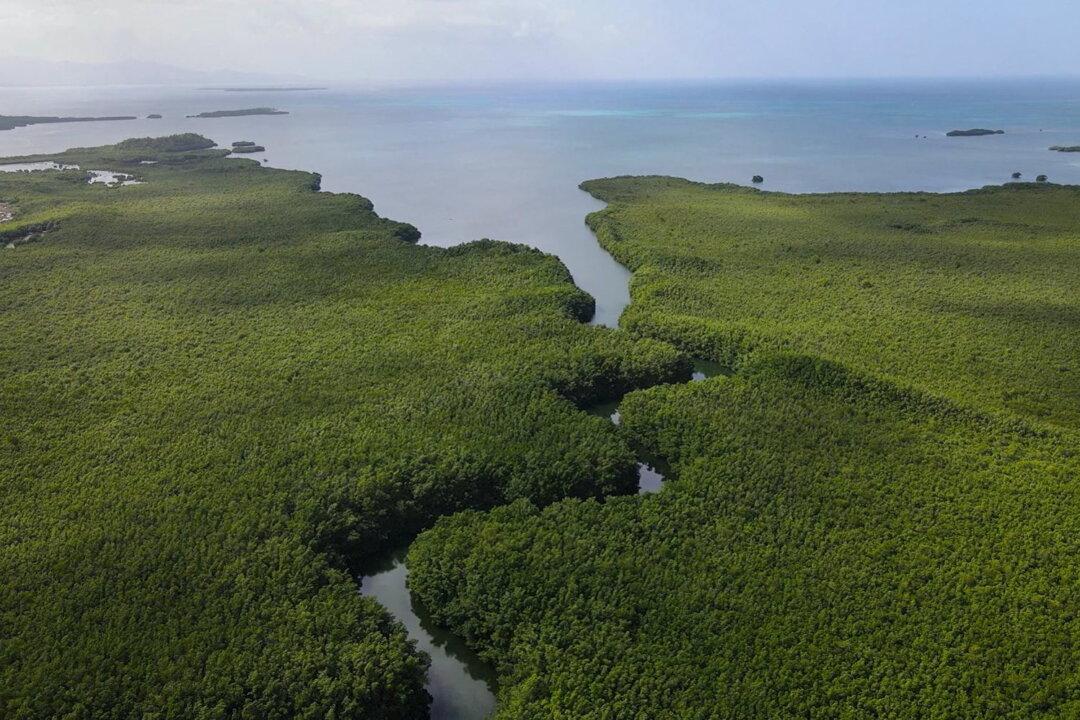Researchers have found a new bacteria species that is millimeters long and visible to the eye, challenging a previous understanding that one needs a microscope to see a bacterium.
“It’s 5,000 times bigger than most bacteria. To put it into context, it would be like a human encountering another human as tall as Mount Everest,” said one of the authors, Dr. Jean-Marie Volland in the media release of the study.





